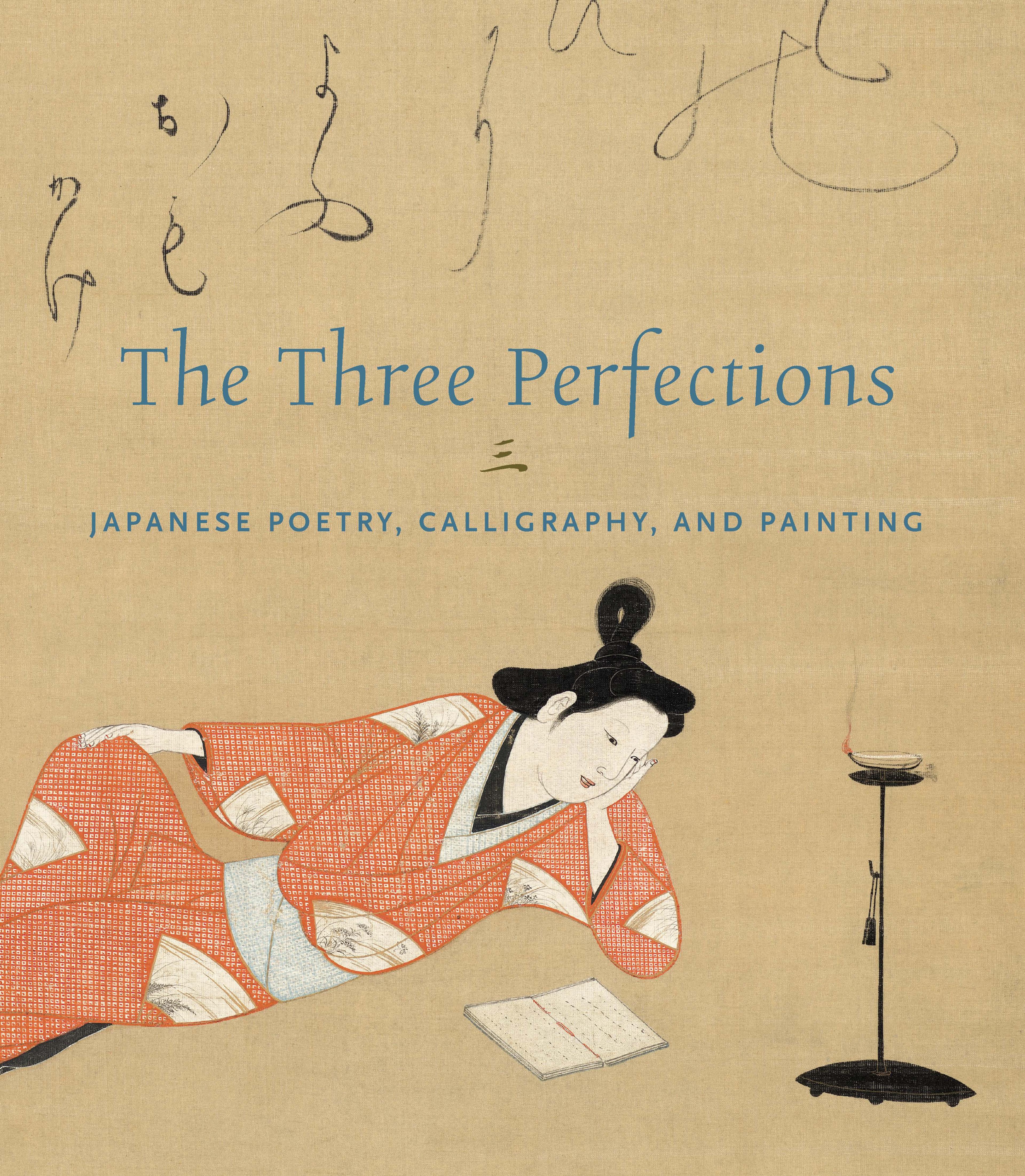Scenes and Calligraphic Excerpts from The Tale of Genji
The work of Ono no Ozū, one of the most prominent women calligraphers of premodern Japan, graces decorated shikishi (poetry cards) in this pair of albums featuring scenes from The Tale of Genji by an unknown Tosa-school painter. The paintings were formerly attributed to Tosa Mitsuyoshi (1539–1613), associated with a colorful style and detailed brushwork. In the two chapters from Genji presented here, Ozū transformed canonical poems into novel calligraphic compositions.
Artwork Details
- 土佐派筆 小野お通書 源氏物語画帖
- Title:Scenes and Calligraphic Excerpts from The Tale of Genji
- Artist:Tosa School
- Artist:Inscriptions by Ono no Ozū (Ono no Tsū) (Japanese, 1567–1631)
- Period:Momoyama (1573–1615)
- Date:early 17th century
- Culture:Japan
- Medium:Shikishi (poetry cards) mounted in an orihon album; calligraphies: ink on decorated paper; paintings: ink, color, and gold on paper
- Dimensions:Two leaves spread: 11 5/8 × 21 1/4 in. (29.5 × 54 cm)
Each sheet: 8 7/8 × 7 13/16 in. (22.5 × 19.8 cm)
Each leaf: 11 5/8 × 10 5/8 in. (29.5 × 27 cm) - Classification:Paintings
- Credit Line:Mary and Cheney Cowles Collection, Gift of Mary and Cheney Cowles, 2018
- Object Number:2018.853.39a, b
- Curatorial Department: Asian Art
More Artwork
Research Resources
The Met provides unparalleled resources for research and welcomes an international community of students and scholars. The Met's Open Access API is where creators and researchers can connect to the The Met collection. Open Access data and public domain images are available for unrestricted commercial and noncommercial use without permission or fee.
To request images under copyright and other restrictions, please use this Image Request form.
Feedback
We continue to research and examine historical and cultural context for objects in The Met collection. If you have comments or questions about this object record, please contact us using the form below. The Museum looks forward to receiving your comments.
